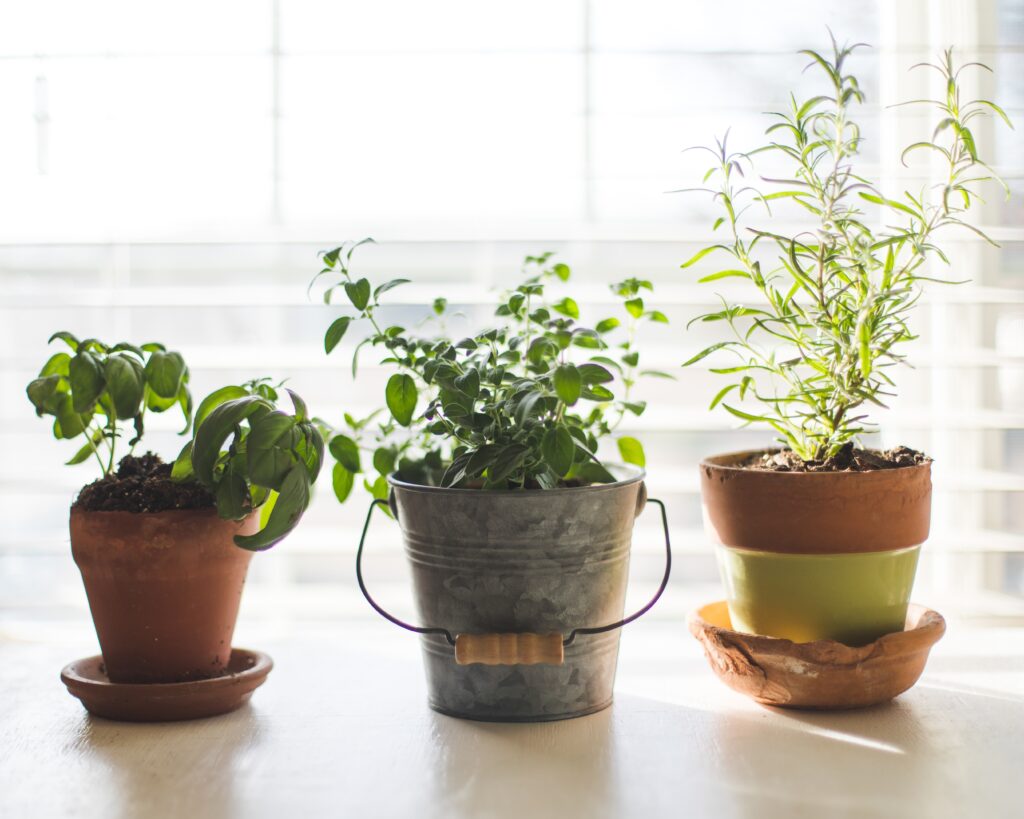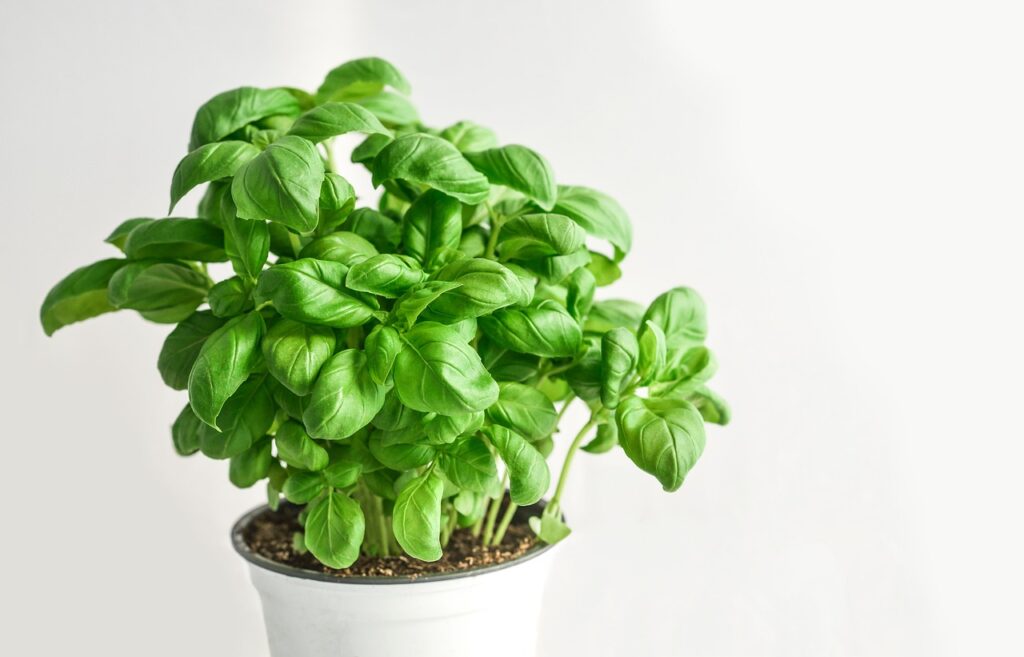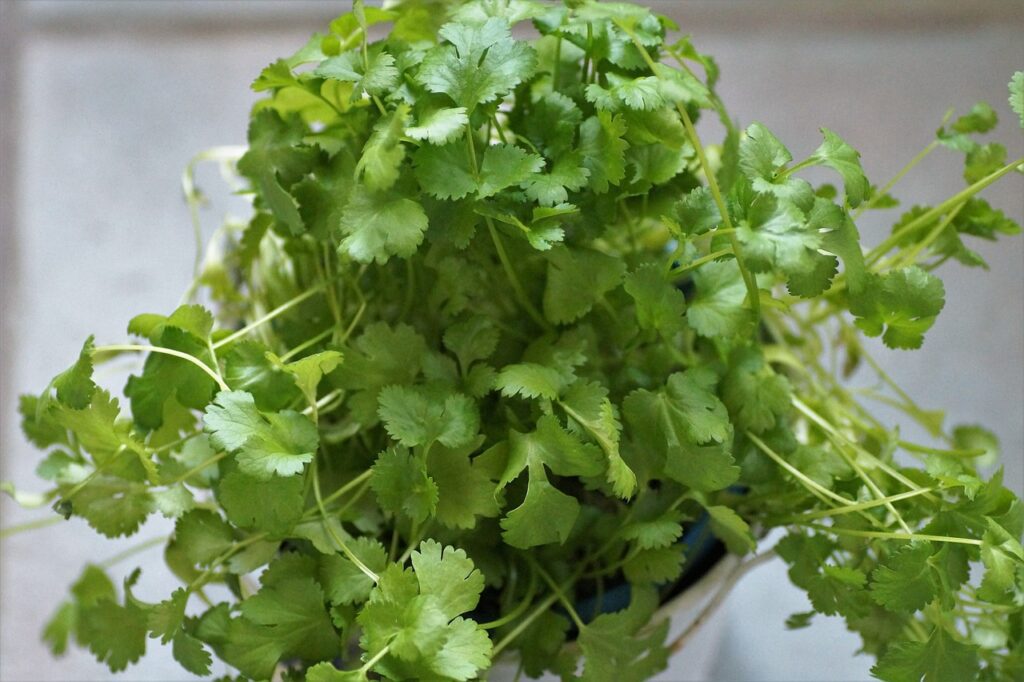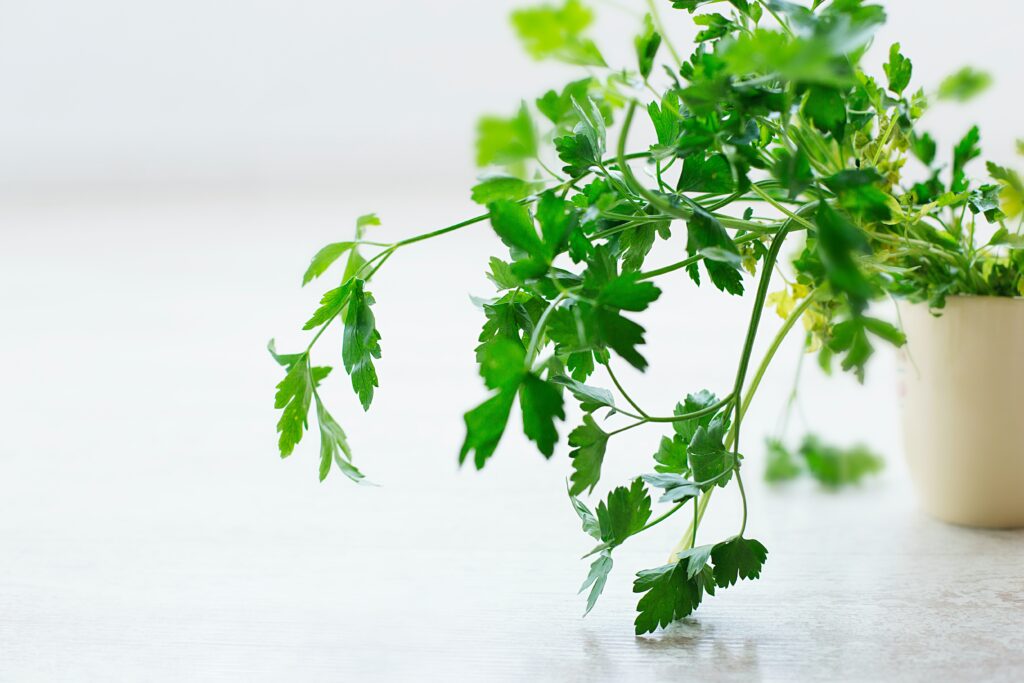Indoor gardening has surged in popularity, offering a refreshing way to bring nature into our homes. Among the myriad of plants suitable for indoor cultivation, herbs stand out for their versatility and culinary value.

Top 3 Edible House Plants

Basil
Basil is a beloved herb in many cuisines worldwide, valued for its sweet, aromatic leaves that infuse dishes with a distinctive flavor. Growing basil indoors is a rewarding experience, as it thrives in warm, sunny conditions. Here’s why basil is a top pick for indoor gardening:
- Easy to Grow: Basil is relatively easy to grow indoors, requiring minimal maintenance compared to outdoor cultivation. With proper care, it quickly produces abundant foliage, ensuring a steady supply for culinary use.
- Versatile Culinary Uses: From classic Italian dishes like Caprese salad to Thai curries and pesto sauce, basil adds depth and aroma to a wide array of recipes. Having fresh basil readily available in your indoor garden allows you to elevate your culinary creations effortlessly.
- Compact Growth Habit: Basil plants adapt well to containers, making them suitable for indoor gardening even in limited space. Compact varieties like Genovese or Thai basil are particularly well-suited for growing indoors.

Cilantro (Coriander)
Cilantro, also known as coriander in some regions, is prized for its bright, citrusy flavor and is a staple in Mexican, Indian, and Southeast Asian cuisines. Growing cilantro indoors allows you to enjoy its fresh leaves year-round. Here are the reasons why cilantro is a must-have for indoor gardening:
- Quick to Germinate: Cilantro seeds germinate readily, allowing you to enjoy fresh leaves in a matter of weeks. Sow seeds directly in a pot or container filled with well-draining soil, and keep them moist until they sprout.
- Continuous Harvesting: Unlike some herbs that require time to recover after harvesting, cilantro is a cut-and-come-again herb. Regularly snipping off outer leaves encourages new growth, ensuring a continuous harvest for your culinary endeavors.
- Adaptable to Indoor Conditions: Cilantro appreciates cooler temperatures and partial sunlight, making it well-suited for indoor environments. Place it near a bright window or provide supplemental lighting to ensure optimal growth.

Parsley
Parsley is a versatile herb prized for its fresh, slightly peppery flavor and vibrant green leaves. It serves as a versatile garnish and flavor enhancer in a wide range of dishes, from soups and salads to meat and seafood preparations. Here’s why parsley deserves a spot in your indoor garden:
- Long Harvest Period: Parsley is a hardy herb that can be harvested continuously throughout the growing season. Regular pruning encourages bushy growth, ensuring a steady supply of fresh leaves for your culinary needs.
- Rich in Nutrients: Beyond its culinary uses, parsley is rich in vitamins A, C, and K, as well as minerals like iron and calcium. Incorporating freshly harvested parsley into your meals adds not only flavor but also nutritional value.
- Tolerant of Indoor Conditions: Parsley adapts well to indoor environments, thriving in moderate sunlight and well-draining soil. Whether grown in pots, containers, or hanging baskets, parsley adds a touch of freshness to any indoor space.
Basil, cilantro, and parsley are excellent starter choices for indoor gardening, offering a bounty of flavor and culinary possibilities. With their ease of cultivation and adaptability to indoor conditions, these herbs are sure to delight both novice and seasoned gardeners alike.
What other plants are easy to grow indoors?
- Green Onions (Scallions) or Chives: Green onions or chives are incredibly easy to grow indoors. Simply regrow the bulbs from store-bought ones by placing them in a jar of water or potting them in soil. They thrive in moderate sunlight and can be continuously harvested by snipping off the tops as needed.
- Lettuce: Leafy greens like lettuce are well-suited for indoor cultivation, especially in containers or shallow trays. Opt for loose-leaf varieties such as butterhead or leaf lettuce for a continuous harvest. Keep the soil consistently moist and provide adequate light for optimal growth.
- Mint: Mint is a vigorous grower that can quickly take over outdoor gardens but thrives in controlled indoor environments. It prefers partial sunlight and consistently moist soil. Consider planting it in a separate container to prevent it from spreading and enjoy fresh leaves for teas, cocktails, or culinary uses.
- Microgreens: These nutrient-packed seedlings are not only easy to grow but also incredibly quick, making them perfect for impatient gardeners. Choose seeds of your favorite vegetables or herbs such as radishes, arugula, or cilantro, and sprinkle them densely over a shallow tray filled with potting mix. Keep the soil moist and within a few weeks, you’ll have tender greens ready for harvest.
- Cherry Tomatoes: While they may need a bit more space, cherry tomatoes can still be grown indoors with proper support like trellises or stakes. Choose compact varieties such as Tiny Tim or Micro Tom for best results. Place them near a sunny window and watch them produce sweet, juicy fruits right in your home.
- Peppers: Compact pepper varieties like chili peppers or bell peppers can thrive indoors given sufficient sunlight and warmth. Provide support for the plants as they grow and ensure consistent watering to avoid issues like blossom drop. With proper care, you can enjoy a bountiful harvest of fresh peppers right from your indoor garden.
- Rosemary: This robust herb adds a delightful fragrance and flavor to dishes and is surprisingly easy to grow indoors. Place it in a sunny spot and allow the soil to dry out slightly between waterings. With its woody stems and needle-like leaves, rosemary adds both culinary and ornamental value to your indoor garden.
Remember, successful indoor gardening requires attention to factors such as light, temperature, humidity, and watering. While these vegetables and herbs are relatively low-maintenance, it’s essential to monitor their environment and adjust care accordingly. With a bit of patience and nurturing, you can enjoy the satisfaction of growing your own fresh produce right at home, regardless of outdoor space limitations.
